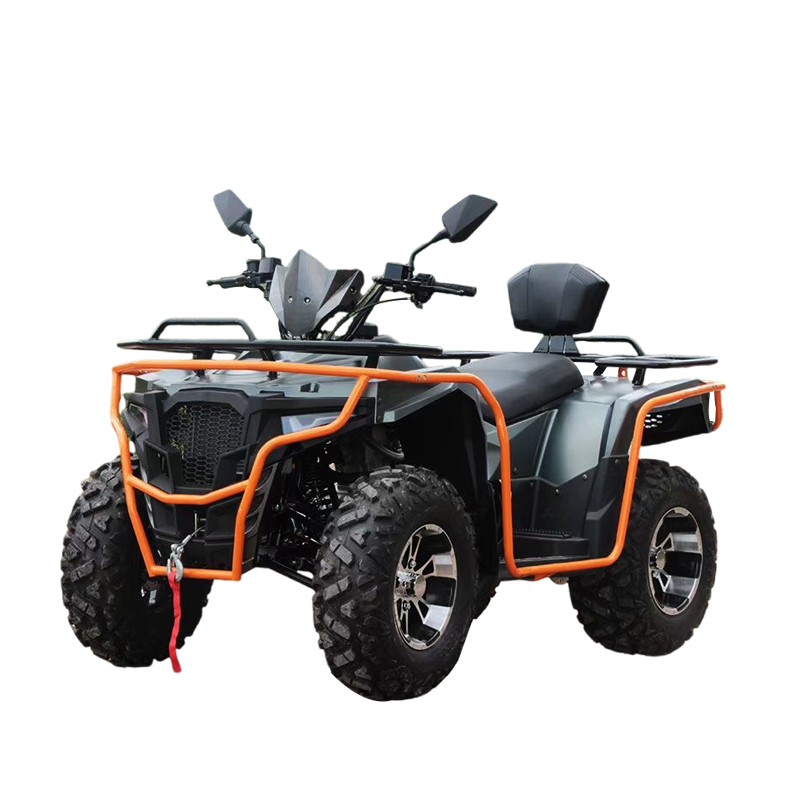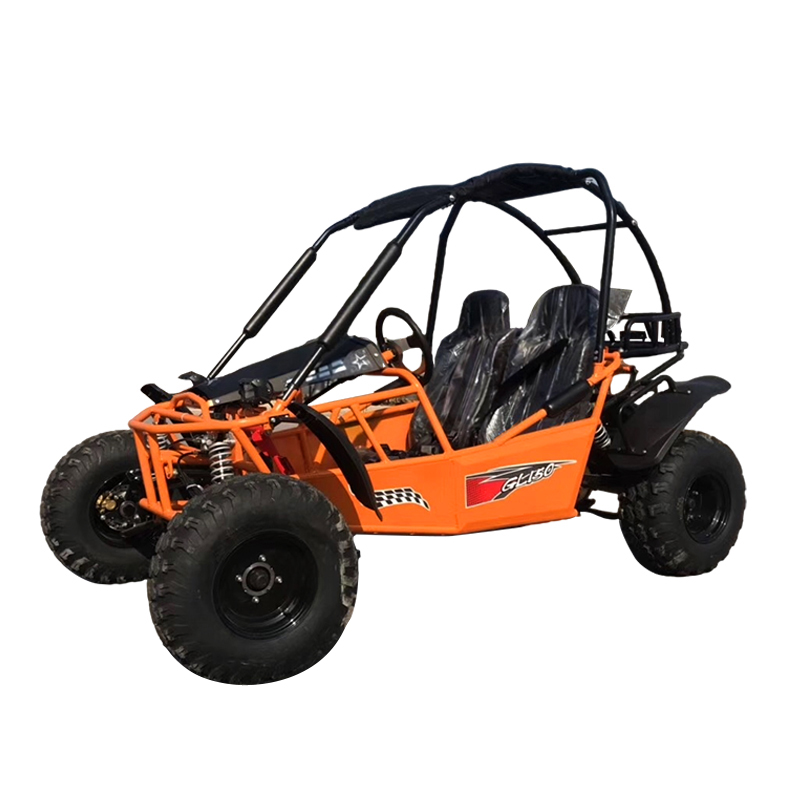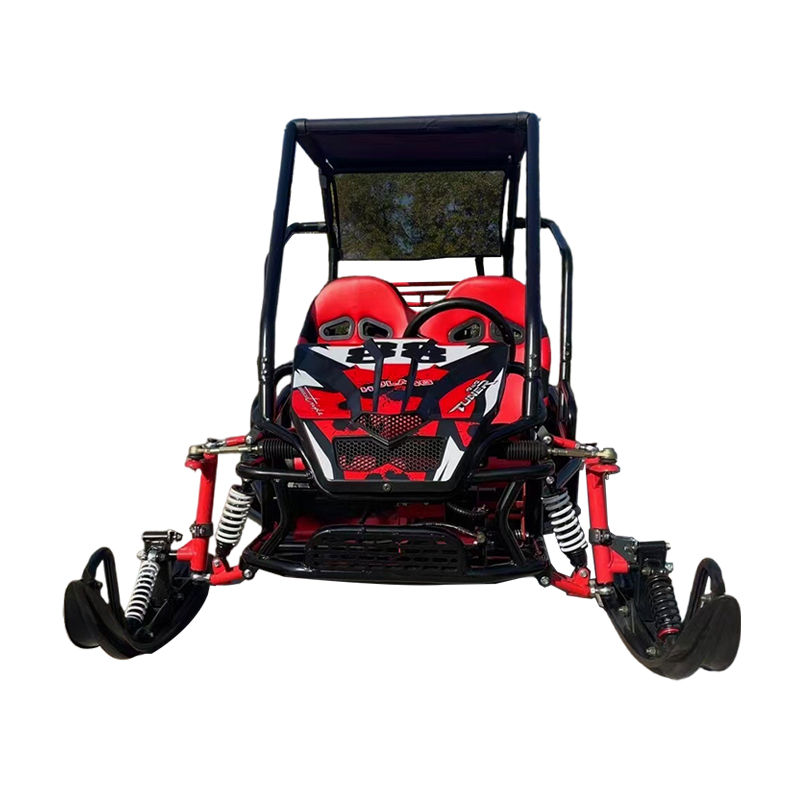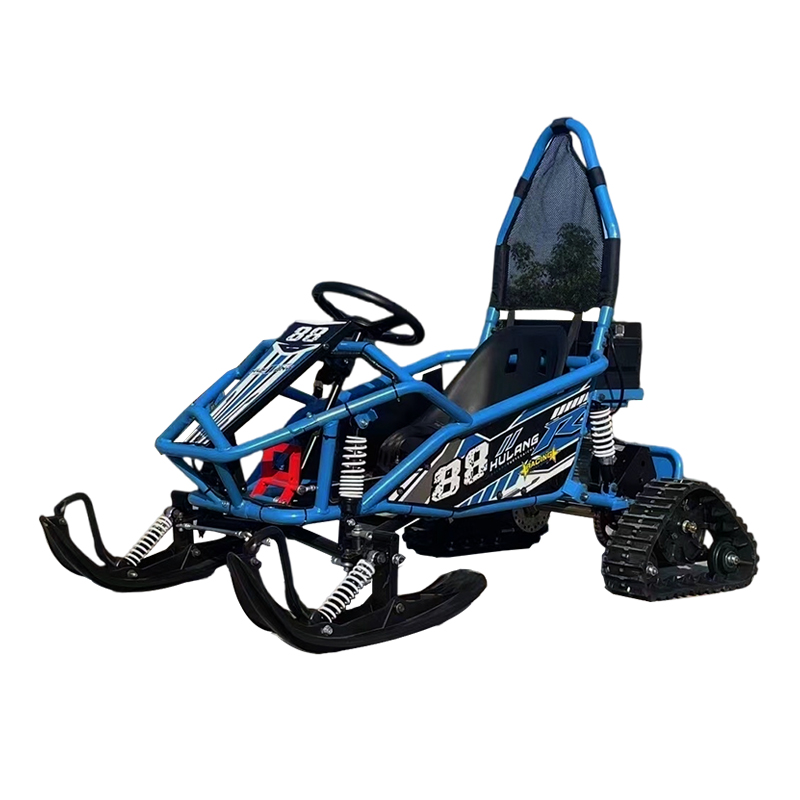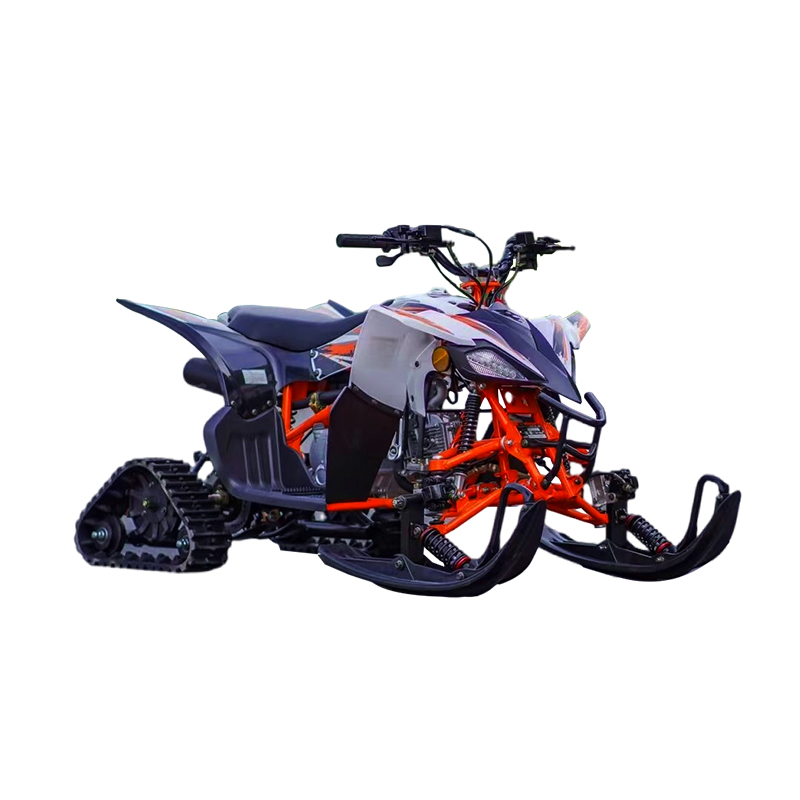The snowmobile industry is undergoing a period of dynamic change, driven by technological advancements, shifting consumer demands, and an increasing appreciation for winter recreation. As more people discover the thrill of exploring snow-covered landscapes, manufacturers are responding with innovative designs that improve performance, accessibility, and environmental sustainability. This evolution is helping snowmobiling shed its niche status and emerge as a mainstream winter activity with broad appeal.
One of the many notable trends in recent years has been the growing diversity of snowmobile enthusiasts. While the sport traditionally attracted experienced riders in northern regions, it is now gaining popularity among beginners, families, and adventure seekers in various climates. This expansion is supported by rental operations and guided tour companies that make the experience more approachable for newcomers. Many resorts and outdoor recreation areas now offer snowmobile excursions as part of their winter activity packages, introducing the sport to audiences who might not otherwise consider it. The social aspect of snowmobiling has also developed, with organized group rides and community events creating opportunities for riders to connect and share their passion.
Technological innovation continues to reshape what snowmobiles can do. Modern designs incorporate advanced engineering solutions that enhance handling, comfort, and reliability in challenging winter conditions. Suspension systems have become more sophisticated, providing smoother rides over varied terrain, while ergonomic improvements make longer excursions more comfortable. Digital integration is another area of rapid development, with many models now featuring intuitive displays that provide essential information about performance and navigation. These technological upgrades are making snowmobiles more user-friendly while maintaining the rugged capability that defines the sport.
Environmental considerations are playing an increasingly important role in the industry's evolution. Manufacturers have made significant progress in developing cleaner and quieter machines that less their impact on winter ecosystems. This includes improvements to engine efficiency as well as innovations in materials and design that reduce noise pollution. The industry has also shown commitment to responsible land use, working with conservation organizations to establish sustainable trail systems and riding practices. These efforts help ensure that snowmobiling remains compatible with environmental stewardship, addressing concerns while preserving access to winter landscapes.
The versatility of modern snowmobiles has expanded their potential applications beyond recreation. In many northern communities, they serve practical roles in search and rescue operations, trail maintenance, and remote area access. Their ability to navigate deep snow makes them invaluable tools for winter workers and outdoor professionals. This functional aspect complements their recreational use, contributing to the overall growth and relevance of the industry.
The story of snowmobiling is still being written, with each technological breakthrough and new generation of riders adding to its rich history. What began as a practical solution for winter travel has blossomed into a diverse and dynamic sport with something to offer everyone who enjoys the winter outdoors. As the industry looks to the future, it does so with confidence built on decades of innovation and a growing community of enthusiasts who share a passion for winter adventure. This strong foundation suggests that the ideal days for snowmobiling may still lie ahead, as new technologies and ideas continue to push the boundaries of what's possible on snow.


